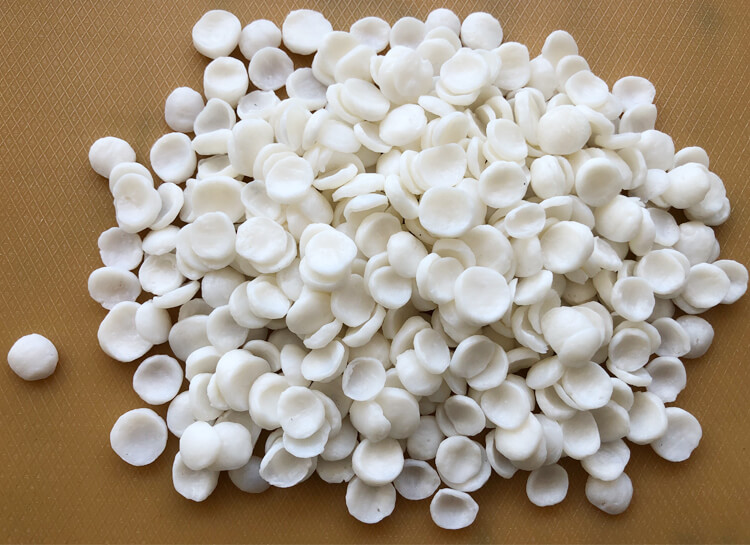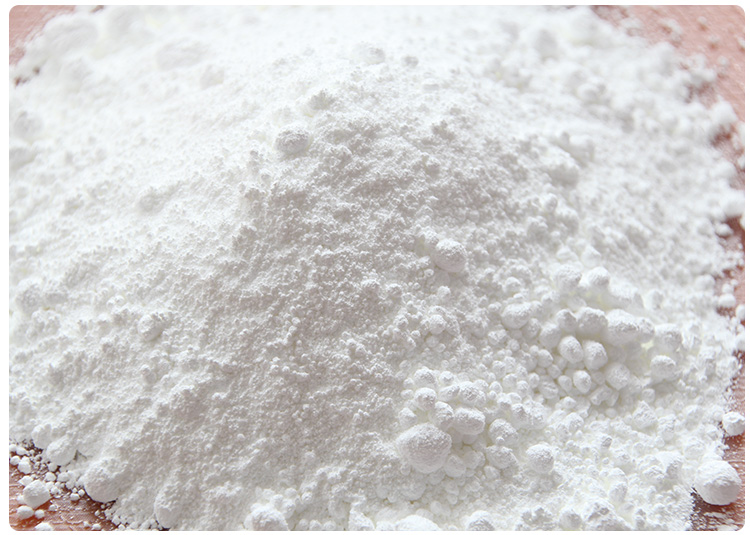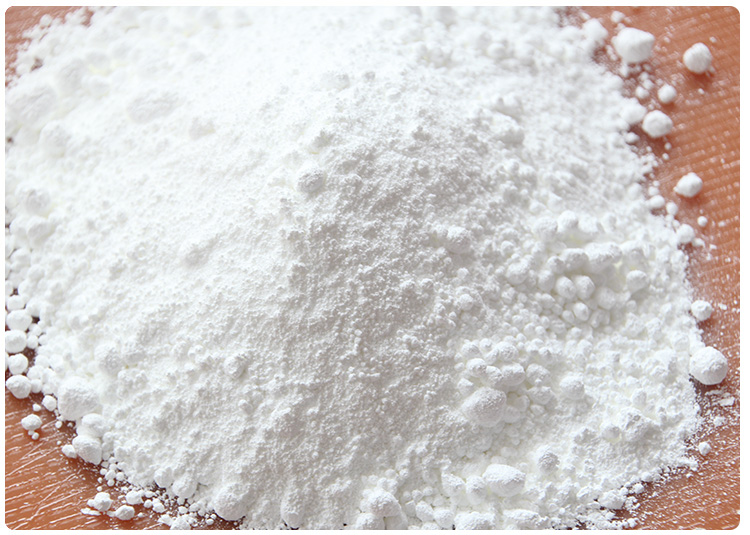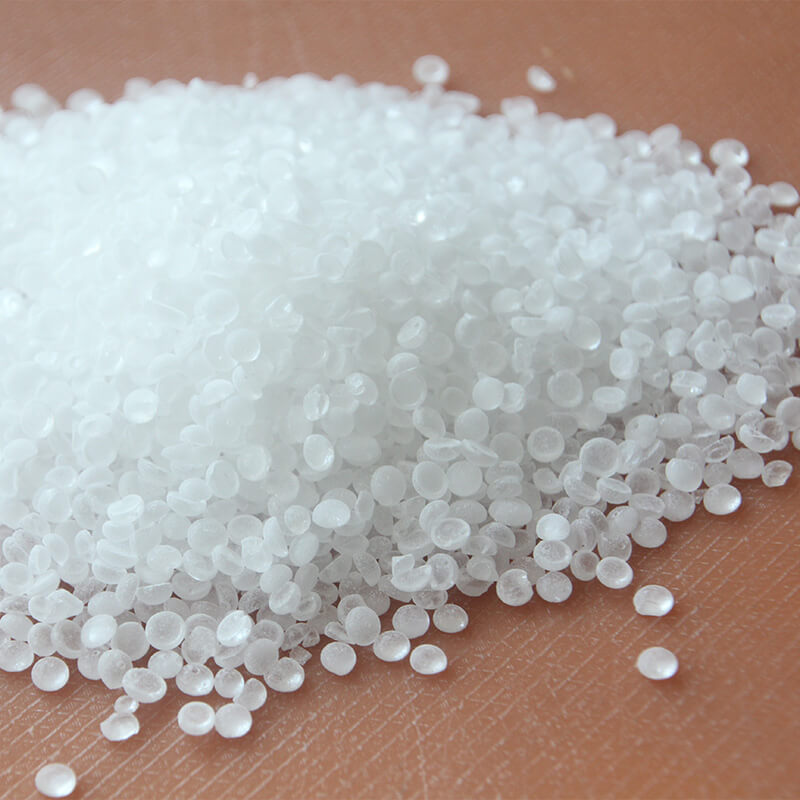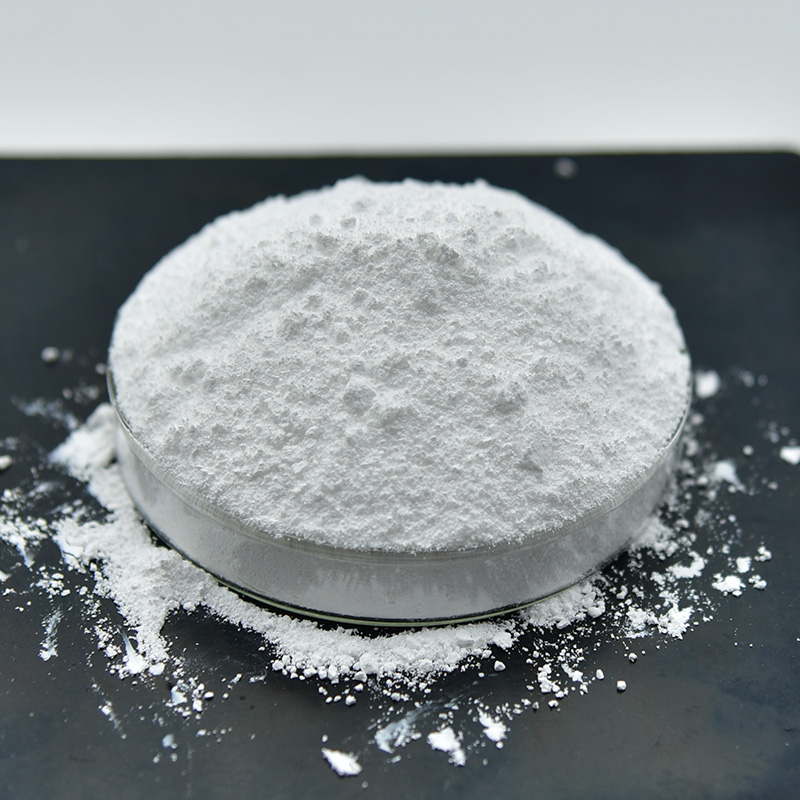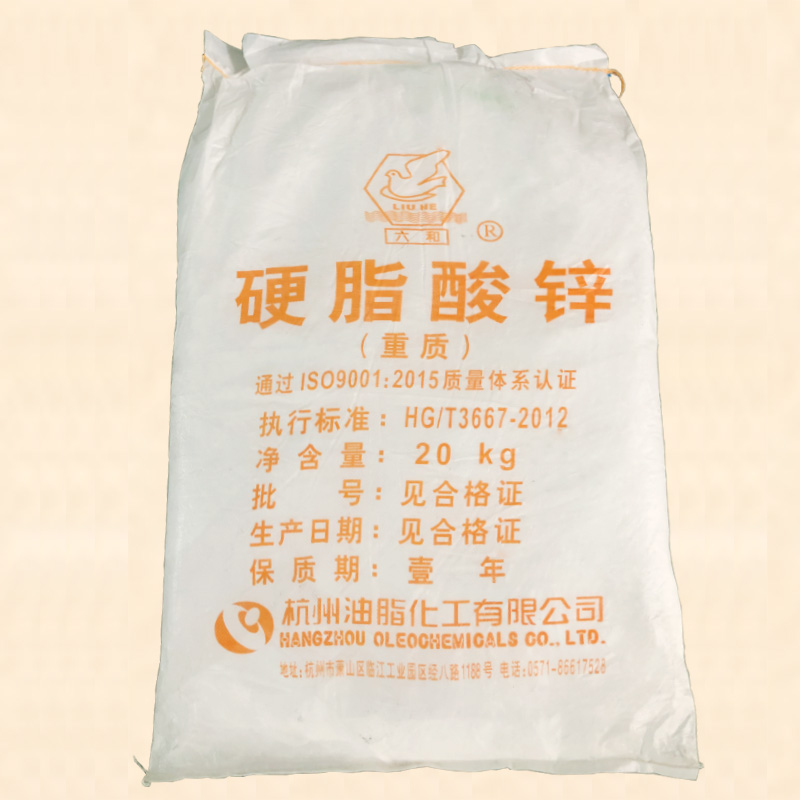what is High styrene rubber
- Mingpai
- 2024-06-05 10:27:18
High Styrene Rubber (HSR) is a type of synthetic rubber that contains a high percentage of styrene monomer in its polymer structure, typically ranging from 65% to 85%. It is a copolymer primarily made by the copolymerization of styrene and butadiene or other dienes.
The high styrene content gives this rubber unique properties different from other styrene-butadiene rubbers (SBR) or natural rubber. Some key characteristics of HSR include:
Hardness and Rigidity: Due to the high styrene content, HSR is harder and more rigid than conventional SBR or natural rubber. This makes it suitable for applications where a harder durometer (measure of hardness) is required.
Tensile Strength: HSR generally exhibits good tensile strength, which refers to the material's resistance to breaking under tension.
Elasticity and Resilience: Although not as elastic as natural rubber or SBR with lower styrene content, HSR still maintains a certain level of elasticity and resilience, making it useful in applications where recovery after deformation is important.
Chemical Resistance: HSR offers better resistance to chemicals, oils, and solvents compared to many other rubber types, due to its styrene component. This property enhances its usability in environments exposed to such substances.
Thermal Properties: It has a relatively wide operating temperature range but may not perform as well at extreme temperatures (either high or low) as some specialized rubber types.
Cost-Effectiveness: Being a synthetic rubber, HSR can be produced economically and offers a cost-effective alternative in applications where its specific properties are beneficial.
HSR finds application in various industries, including adhesives, modifiers for plastics, footwear soles, gaskets, seals, and roller coverings. It is also used in the production of expandable rubber products, like those used in automotive parts, construction materials, and toys, where its ability to expand upon heating is utilized.
